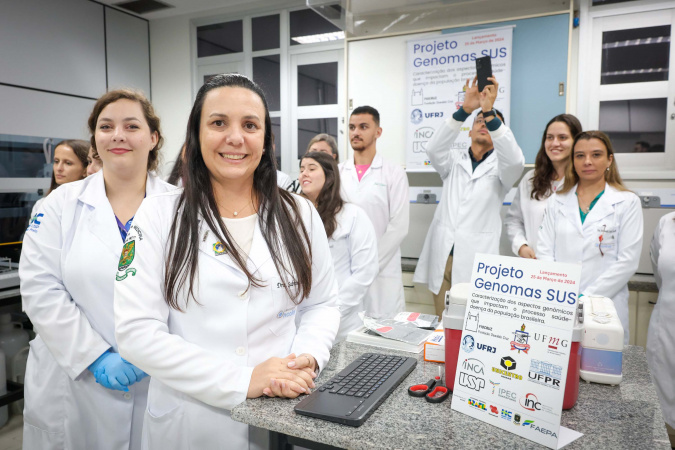The NASA Committee Investigating UFOs has compiled nearly 800 UFO reports, but only a small fraction of these have been classified as truly unexplained, according to the researchers.
The agency set up the committee last year to explain its work on what it calls “unidentified anomalies”.
UFOs are defined as sightings that “cannot be identified as known aircraft or natural phenomena from a scientific perspective.”
The committee, which will release a report later this year, held its first public hearing on Wednesday (31/5).
BBC News has collected some of the scientists’ revelations.
Many of the observations can be explained
“We have 50 to 100 new reports a month,” says Sean Kirkpatrick, director of NASA’s Anomaly Resolution Office (AARO).
However, he says the number of these potentially abnormal views make up 2% to 5% of the total database.
During the hearing, video taken from an aircraft showed a series of dots moving in the night sky over the western United States.
The military plane was unable to intercept the object, which was a commercial plane heading to a major airport.
Other scenes are more ambiguous.
A separate Pentagon report, published in 2021, found that of 144 sightings made by military pilots since 2004 – all but one remained unexplained.
The authorities have not ruled out the possibility that the creatures are extraterrestrial.
Privacy limits NASA investigations
Kirkpatrick also explained that privacy concerns limit the agency’s investigations.
“We can direct the largest information-gathering device in the world wherever we want,” he said.
“A lot of what we have is in the United States,” he added. “Most people don’t like it when we drive the entire collector into their backyard.”
Microwave optical illusions
Data on UFOs is often difficult to interpret and can be easily distorted.
David Spergel, head of NASA’s UFO research team, mentioned a burst of radio waves that was picked up by researchers in Australia.
He said, “They had a very strange structure. People couldn’t understand what was going on. Then they started noticing a lot of them clustered together at lunchtime.”
It turns out that the sensitive instruments the researchers used picked up signals from the microwave used to heat up lunches.
Scott Kelly, a former astronaut and pilot with decades of experience, told a story about an optical illusion.
He and his co-pilot were flying near Virginia Beach and his colleague was “convinced we had approached a UFO.”
“I didn’t see it. We turned around, went looking, and found it was Bart Simpson – Balloon.”
Stigma and harassment hinder research
Commercial pilots are very reluctant to report sightings, Spergel said, because of the stigma surrounding flying saucers.
“One of our goals is to remove stigma, because high-quality data is needed to address important questions about the programs of action implemented,” he said.
Some scientists have faced harassment online for their work in this field.
“Harassment only leads to further stigmatization, which greatly hinders the scientific process and discourages others from studying this important topic,” said Nicolas Fox, NASA’s chief science officer.
A new era of transparency
One of the reasons Thursday’s meeting was so remarkable is NASA’s changing approach. The space agency has spent decades debunking UFO sightings.
At the end of the session, the researchers answered the audience’s questions. One was: “What is NASA hiding?”
NASA’s Dan Evans responded that the agency is committed to transparency. “That’s why we’re here live today,” he said.

“Hardcore beer fanatic. Falls down a lot. Professional coffee fan. Music ninja.”


/https://i.s3.glbimg.com/v1/AUTH_bc8228b6673f488aa253bbcb03c80ec5/internal_photos/bs/2024/I/A/y1UC8BSM2QAs1A0POQJw/15.jpg)

:strip_icc()/i.s3.glbimg.com/v1/AUTH_59edd422c0c84a879bd37670ae4f538a/internal_photos/bs/2024/k/3/ku1hBFTEWHK6mkJTjuBA/img-20240424-wa0026.jpg)

:strip_icc()/i.s3.glbimg.com/v1/AUTH_59edd422c0c84a879bd37670ae4f538a/internal_photos/bs/2023/r/e/1jFS85See8jz4w3h84ZQ/thumbnail-image001-1-.jpg)
More Stories
Why can't we resist gossip? Science explains!
Genoma SUS is recruiting fellows in the fields of data science and bioinformatics
A study reveals 5 healthy fruits in the world; See what they are